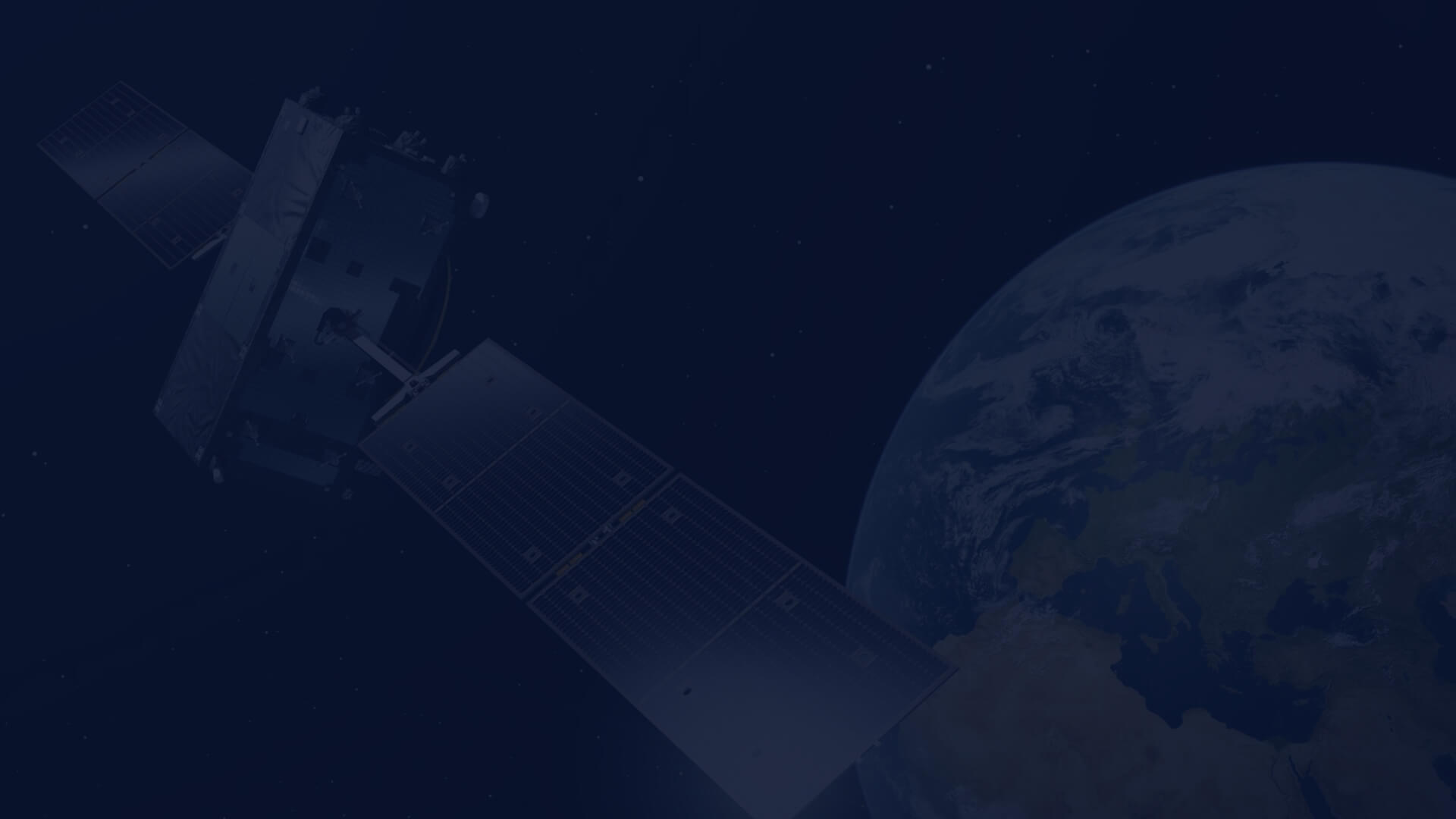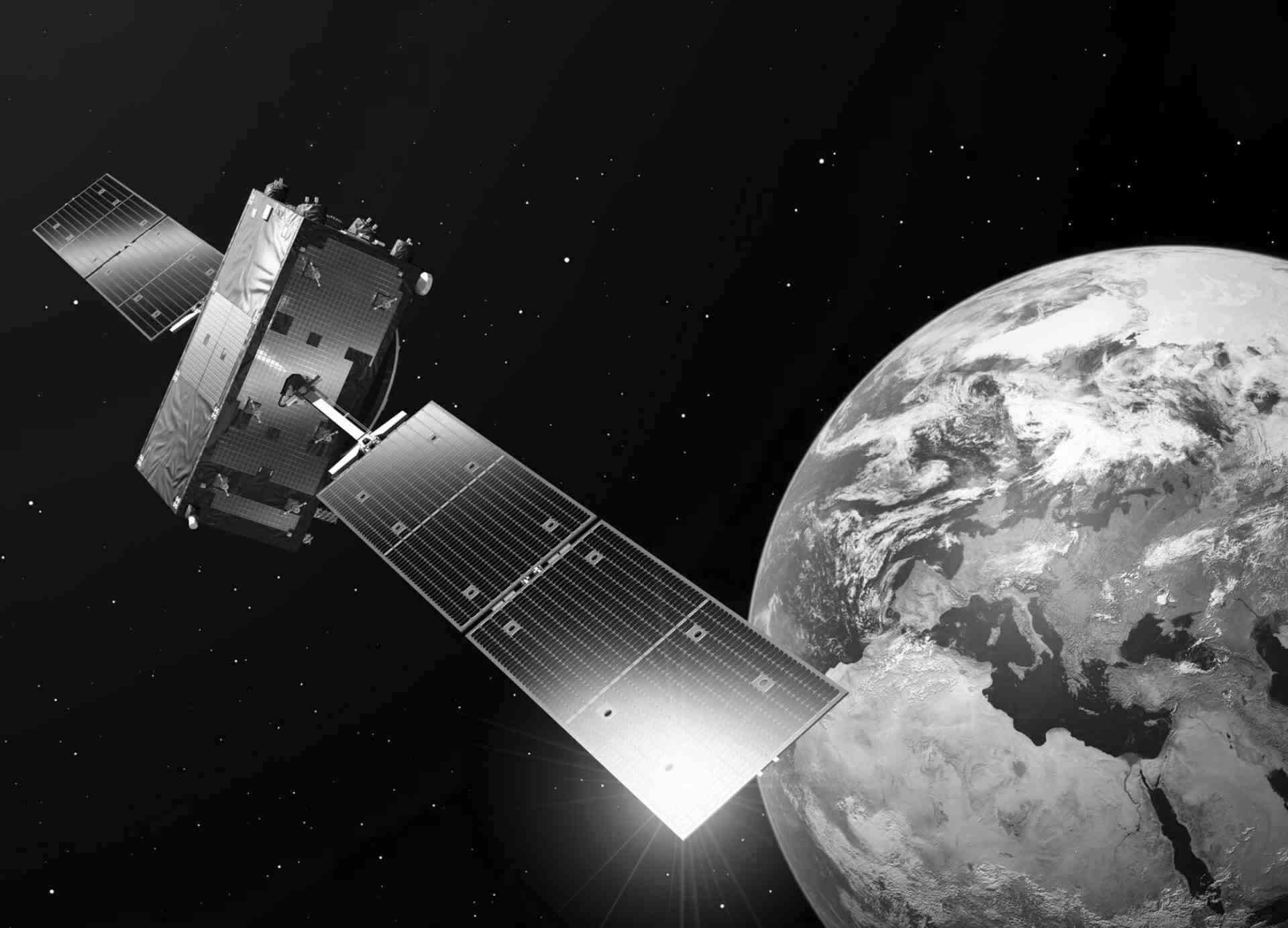Potential of the Copernicus data in flood prediction and monitoring
Author: Dr. Jędrzej Bojanowski, Data Science Manager at CloudFerro
Figures: Tomasz Furtak, Data Scientist at CloudFerro
Flooding is one of the most destructive natural disasters, causing fatalities and damage in infrastructure and ecosystems. With observed intensification of extreme events with climate change, the need for effective flood monitoring becomes critical. The intention of this article is to explore examples of how satellite data, particularly from the Copernicus programme and available at Copernicus Data Space Ecosystem and CREODIAS, is used in the context of floods, but also in some applications less obvious than monitoring of progress of the flooding event.
Real-time flood monitoring
The Sentinel-1 mission, which utilizes synthetic aperture radar (SAR) technology, is mostly used for flood monitoring. Unlike optical satellites (such as Sentinel-2) that can observe Earth surface only during daytime and in clear sky, Sentinel-1 can acquire images in any weather condition and at any time of day. This feature is crucial during flood events which are often accompanied by cloudy sky and precipitation.
Sentinel-2



Sentinel-1



Time series of satellite images over Prague from Sentinel-2 (optical) and Sentinel-1 (radar) satellites, highlighting the ability of radar to capture images in cloudy conditions.
When a flood occurs, Sentinel-1 satellites can provide detailed images of areas covered by water. Compared with images prior to the event, they show the extent of water that invaded land. For instance, the Copernicus Emergency Management Service (CEMS) uses this data to generate flood maps, which are invaluable for efficient allocation of resources or equipment. The data can also help to decide where to send emergency services or more accurate imaging methods like UAVs.


Assessing damage
In addition to monitoring floods, satellite data plays a significant role in assessing damage caused by these events. By comparing images (both optical and radar) taken before and after an event, areas where infrastructure has been destroyed can be identified. Here also high spatial resolution images come into play, as detection of damage in infrastructure (buildings, roads, railroads, bridges, etc.) requires higher spatial resolution (closer to 1 meter than 10 meters as for Sentinels). Such high-resolution images are also acquired in a frame of Copernicus Contributing Missions from the commercial sector and available in the Copernicus Data Space Ecosystem but with an access limited to authorized authorities.
However, the damage assessment extends beyond infrastructure. For example, agriculture also suffers during floods. Satellite imagery can reveal which crop fields were affected, what is the crop condition or even allow for a prognosis of the expected crop yields. Precision agriculture based on satellite data can indicate which fields or parts of fields require additional agronomic treatments.
Another example of flood-induced damage are landslides. Also here, satellite data can prove to be crucial for large-scale mapping. The Sentinel-1 satellites can be used to detect ground displacement by interferometry, which is a technique that utilizes SAR images taken from slightly different positions to measure surface deformations with millimetre accuracy over time.
Human impact on flood dynamics
Floods often intensify due to a combination of human activities and natural processes, both of which can be monitored using satellite data. Anthropological changes often modify the landscape's natural ability to absorb excess water, leading to more severe and frequent flooding events. Satellite data is essential for monitoring these changes over large areas and long term, for example:
- Deforestation which decreases the land's ability to absorb rainfall and increases the surface runoff. This runoff flows more quickly into rivers, raising the risk of flash floods. Sentinel-2 optical imagery is particularly useful for tracking deforestation patterns
- Expanding urban areas and the increasing use of impervious surfaces like concrete and asphalt reduce natural drainage. Water that would otherwise be absorbed by soil instead accumulates on the surface, increasing flood risks in cities. Sentinel-1 radar and Sentinel-2 multispectral data are valuable for mapping urban expansion and detecting areas where natural land cover has been replaced by impervious materials.
- The degradation or loss of wetlands hinder this natural flood buffers that can absorb excess water and release it slowly over time. Sentinel-2 data enables the detection of changes in wetland areas, while Sentinel-1 allows to monitor soil moisture.


Natural processes impacting floods
Satellite data can help in forecasting flooding events often occurring in springtime, as they are driven by natural processes such as snowmelt and soil saturation. With satellite data we can monitor:
- Snow cover extent and snowmelt. During winter, large amounts of snow accumulate in mountainous regions. As temperatures rise in spring, this snow melts, sometimes rapidly, leading to a sharp increase in water levels in rivers. Sentinel-1 and Sentinel-2 imagery allow to monitor snow cover extent and track the progression of snowmelt so help to forecast flooding events
- Soil moisture, which when high from snowmelt or winter precipitation, it has a limited capacity to absorb additional rainfall, leading to faster surface runoff and increased flood risk. Sentinel-1 can be used to monitoring soil moisture levels. Yet, it must be explained that in dry periods, soil of a very low moisture level can absorb even less water than wet one, which often leads to devastating cascading extreme events when heavy precipitation follows very dry period.
Such assessments can be used directly to forecast flooding events but primarily they become inputs into hydrological models that simulate the movement and distribution of water within a watershed.
Looking ahead, initiatives like Destination Earth (DestinE) aim, among others, to revolutionize disaster monitoring through advanced digital twins of Earth system. By leveraging extensive satellite datasets from Copernicus programme and other sources, DestinE will create highly accurate models to allow for scenario development related to extreme weather events like floods, enabling people and policy makers to better prepare for potential disasters based on real-time data analysis. Moreover, early warning systems, integrating real-time satellite data with hydrological and atmospheric models, should enhance disaster risk reduction and community resilience.


Satellite data in weather forecasting
The main driver of floods is heavy precipitation. It is satellite data that provides significant information for weather forecasting by monitoring weather patterns over the entire globe, including remote regions and oceans. For instance, the Sentinel-3 mission measures sea-surface temperature, which is important for understanding ocean conditions that can influence weather patterns and precipitation events. Satellites also track the development and movement of clouds in real-time. The Sentinel-5P satellite plays a vital role in this regard by providing data on atmospheric composition, including trace gases and aerosols. This information is essential for predicting how atmospheric conditions may lead to heavy rainfall.
Additionally, satellite data is essential for numerical weather prediction models through data assimilation techniques, which merge satellite observations with model forecasts to enhance accuracy. Furthermore, satellites enable early detection and tracking of extreme weather events like hurricanes, allowing for advance warnings of potential flooding. The forthcoming Sentinel-4 geostationary satellite will enhance near-real-time atmospheric state monitoring, providing timely data critical for forecasting severe weather.

Digital models of topography
To understand how water from heavy precipitation flows across landscapes during a flood, we rely on Digital Elevation Models (DEMs), which provide detailed topographical information about an area. These models are also created based on satellite technology. In the case of the Copernicus DEMs, the TanDEM-X mission was used. It employs two satellites flying in close formation only a few hundred meters apart, that enables simultaneous imaging of the terrain from different angles, allowing for precise elevation measurements.

Climate trends through satellite data
Climate change significantly alters global temperature and precipitation patterns, resulting in more intense and frequent extreme weather conditions. As the atmosphere warms, it can hold more moisture, which contributes to heavier precipitation events. This increase in the atmospheric energy and water content leads to more severe storms and flooding. The Intergovernmental Panel on Climate Change (IPCC) reports that the intensity of extreme precipitation is expected to rise with increasing global temperatures, translating to more frequent and severe pluvial floods.
Beyond immediate flood response and forecasting, satellite data plays a crucial role in analyzing climatological changes that can influence flooding scenarios. By examining long-term datasets from various satellites within the Copernicus program, we can identify trends related to climate change that may affect future flooding risks.
For instance, Sentinel-1 provides radar imagery that helps monitor soil moisture levels, which are critical for assessing flood potential. Sentinel-2 offers high-resolution optical imagery that can track changes in vegetation health and land use, both of which can influence water absorption and runoff during heavy rainfall. Moreover, Sentinel-3 contributes by monitoring sea surface temperatures and ocean color, providing insights into marine conditions that affect weather patterns. The Sentinel-6 mission is essential for tracking sea level rise, while Sentinel-5P monitors atmospheric composition, including greenhouse gases that play a role in climate dynamics.
Conclusion
The use of satellite data for flood monitoring extends far beyond simply observing water extent. Through advanced technologies like those offered by the Copernicus program's Sentinel missions, we can gain invaluable insights into not only immediate flood impacts but also the environmental factors that contribute to flooding intensity. Satellite data can be utilized in many aspects, including real-time monitoring of flood events, damage assessment, short-term forecasting to predict forthcoming flooding, and long-term climatological forecasting to analyze trends and patterns that may influence future flood risks.

